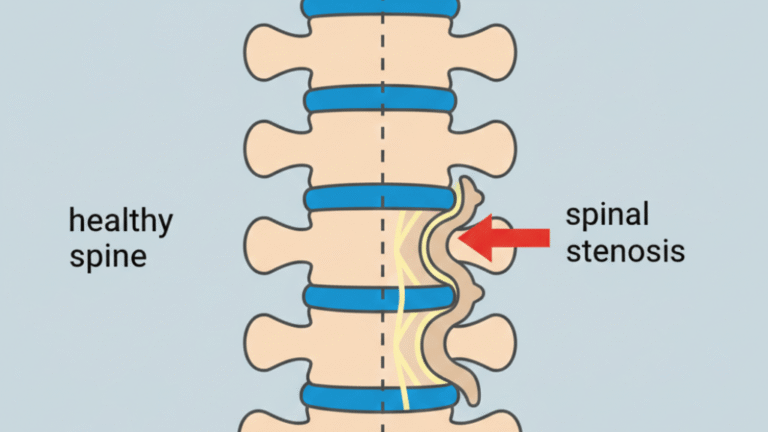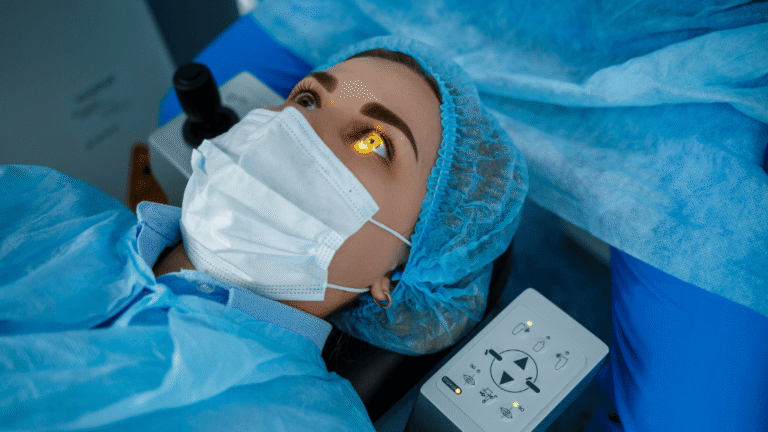Hip joint surgery is a common surgical procedure aimed at improving mobility, reducing pain, and enhancing a patient’s quality of life. Such surgeries are often necessary for people with osteoarthritis, rheumatoid arthritis, joint injuries, or other degenerative conditions.
In this article, we’ll take a detailed look at what hip joint surgery involves, how the procedure is performed, and how the recovery process is organized at Ribera Health Group hospitals.
Why Might Hip Joint Surgery Be Needed?
Surgery is most often required in cases such as:
- Advanced osteoarthritis, where the cartilage wears away, causing pain and limited movement.
- Avascular necrosis, a condition where the blood supply to the femoral head is disrupted, causing bone tissue death.
- Congenital abnormalities of the hip joint.
- Persistent pain that cannot be relieved with medications.
If standard treatment methods—such as medications and physiotherapy—do not lead to improvement, the doctor may recommend surgical intervention. These evaluations and recommendations are also part of the patient-centered care provided by Ribera Health Group’s multidisciplinary teams.
Types of Hip Surgery
There are several types of procedures used to restore the function of the hip joint.
Total Hip Replacement (Hip Arthroplasty)
This is the most common form of surgery, involving the complete replacement of the damaged joint with an artificial implant. Modern prosthetics are durable and can last 15–20 years or more. Ribera Health Group hospitals offer this procedure using the latest techniques and implant technologies.
Partial Hip Replacement
In this procedure, only part of the hip joint—usually the femoral head—is replaced. This method is used in cases of limited damage.
Revision Hip Replacement
A second surgery that becomes necessary when a previously installed implant wears out or becomes unstable. This type of procedure is complex and requires a highly skilled surgeon. Specialized orthopedic teams at Ribera hospitals are equipped to perform such complex interventions with high success rates.
These types of surgeries are often necessary for people with osteoarthritis, rheumatoid arthritis, joint injuries, or other degenerative conditions. For international patients seeking specialized care, Ribera International offers comprehensive hip replacement services — learn more here.
Preparing for Surgery
Preparation for hip surgery includes:
- A full medical examination (blood tests, ECG, X-rays)
- Consultations with specialists such as a cardiologist and anesthesiologist
- Quitting smoking and alcohol at least 2–3 weeks before the operation
- Learning to walk with crutches or a walker
It’s also important to prepare your home in advance: remove rugs, install handrails in the bathroom, and ensure you have a comfortable bed and chair.
How Is the Procedure Performed?
The operation is performed under general or spinal anesthesia. The surgeon makes an incision in the hip area, removes the damaged parts of the joint, and installs the implant. The tissues are then sutured, and a bandage is applied. The entire surgery usually takes between one and three hours, depending on its complexity.
After the procedure, the patient is transferred to a recovery room where vital signs, pain levels, and general condition are monitored during the first few hours. At Ribera Health Group hospitals, this phase is handled by experienced recovery teams dedicated to ensuring patient safety and comfort.
Recovery and Rehabilitation
Recovery from hip surgery can take several weeks to several months and includes the following stages:
First Days After Surgery (Day 3 to Week 1)
- Bed rest with gradual increase in physical activity
- Breathing exercises
- Beginning physical therapy under the supervision of a therapist
- Use of painkillers and blood clot prevention medications
Inpatient and Outpatient Rehabilitation (3–7 weeks)
- Walking with crutches or a cane
- Exercises to strengthen thigh and gluteal muscles
- Wound care and infection prevention
Late Recovery Stage (2–6 months)
- Returning to daily routines
- Gradual increase in physical activity
- Swimming, stationary bike training, therapeutic exercise
It’s crucial to follow the doctor’s instructions closely and avoid sudden movements to prevent overloading the operated leg.
Possible Complications
Like any surgical procedure, hip surgery carries certain risks:
- Infection
- Blood clots
- Prosthesis-related issues
- Nerve or blood vessel damage, which can lead to serious health problems
- Allergic reaction to prosthetic materials
Seeking medical attention promptly when symptoms such as pain, redness, or fever appear can help prevent serious complications. At Ribera Health Group, all post-operative patients are monitored with follow-up protocols designed to detect and manage any complications early.
Hip Replacement Surgery: A Reliable Path to Recovery
Hip replacement surgery is an effective solution for restoring mobility, reducing pain, and improving quality of life. Thanks to advanced technologies, skilled surgeons, and a well-structured rehabilitation plan, most patients are able to return to an active lifestyle within a few months after surgery. The key is to follow all medical advice and pay proper attention to your health and recovery process.
If you or your loved ones need hip joint surgery, there is no need to panic — nowadays these procedures are successfully performed in the vast majority of clinical cases. Having a clear understanding of the surgical process and recovery will help you go through this journey with confidence and peace of mind.
If you would like more information or wish to speak with a specialist from Ribera Health Group, don’t hesitate to contact us. Our team at Ribera International is ready to assist you.






















